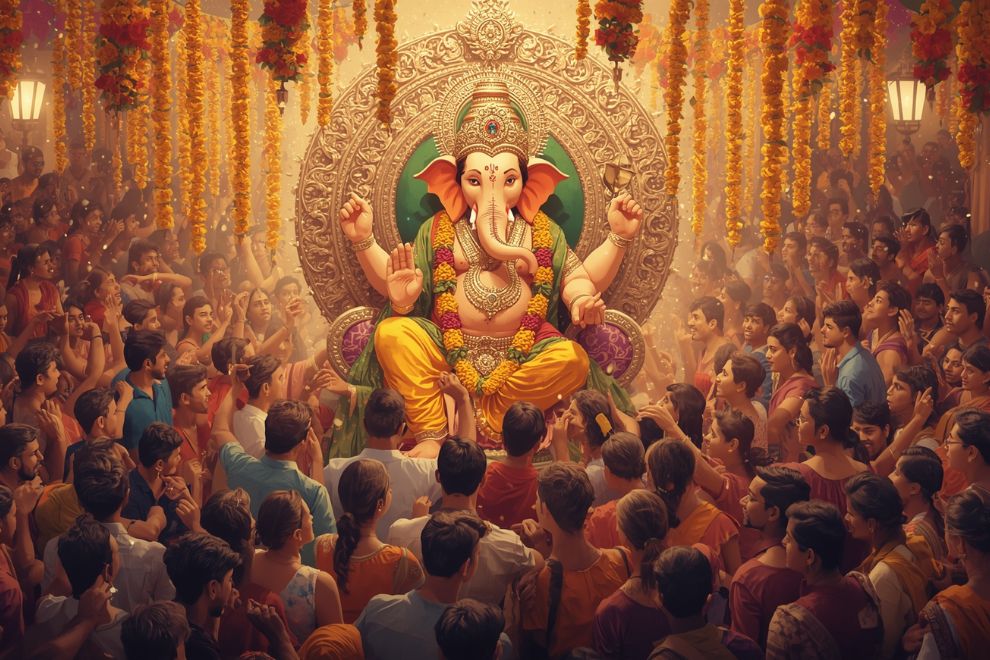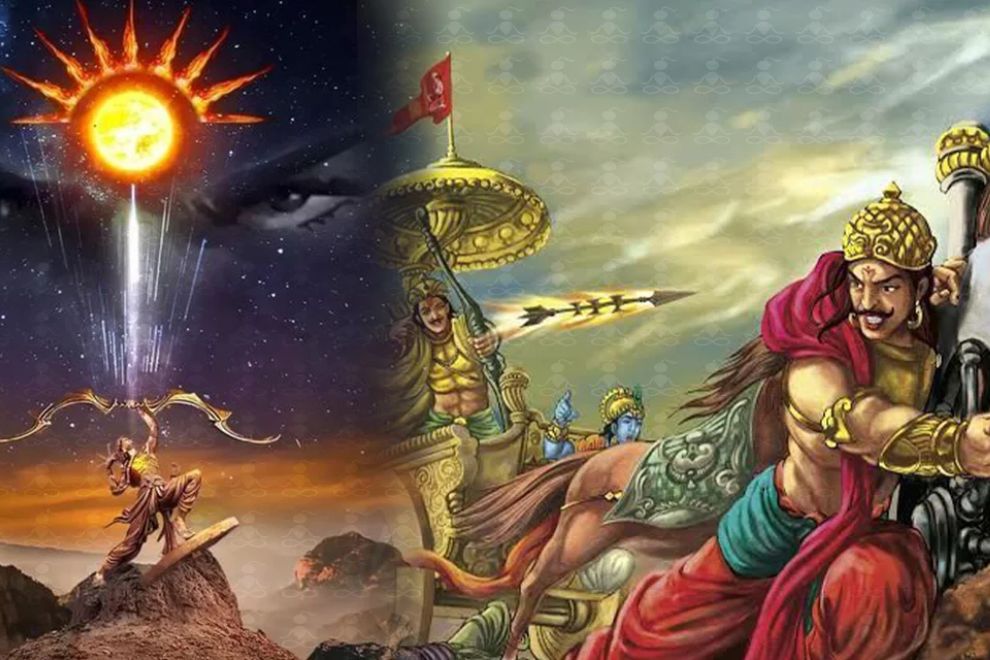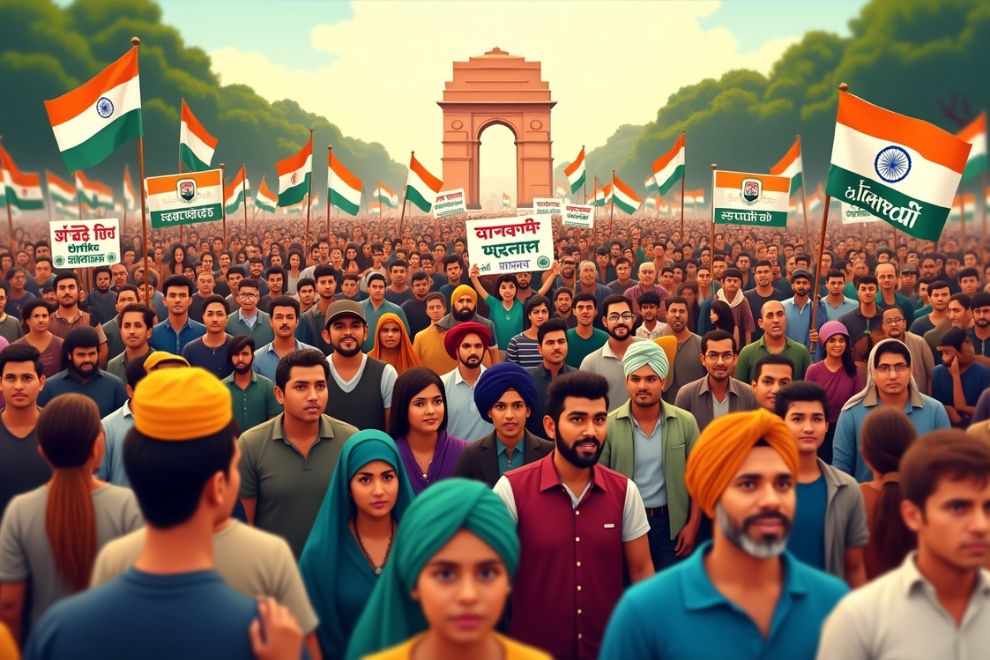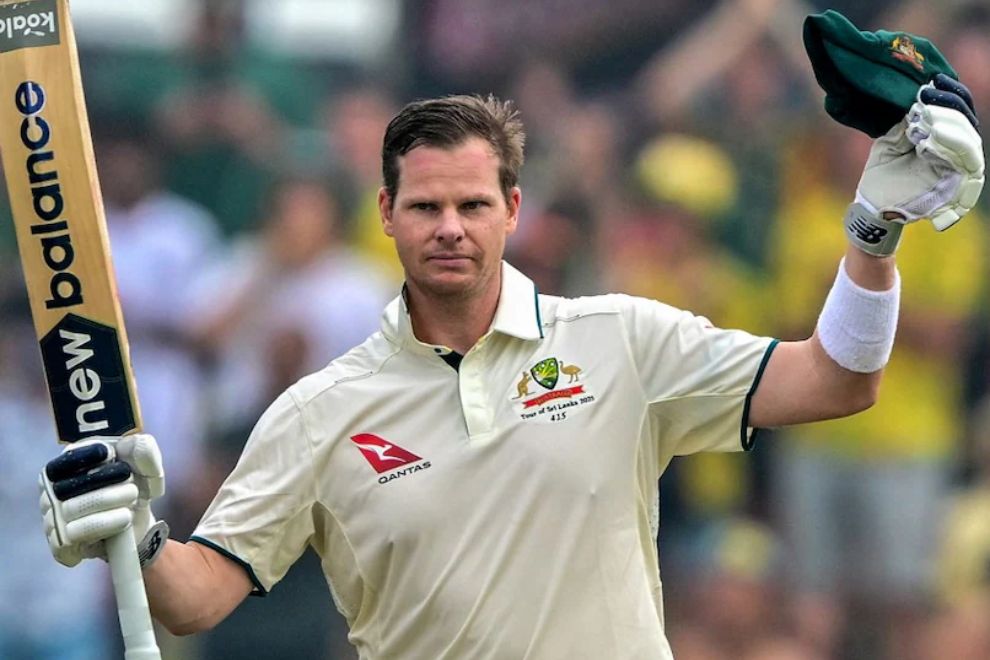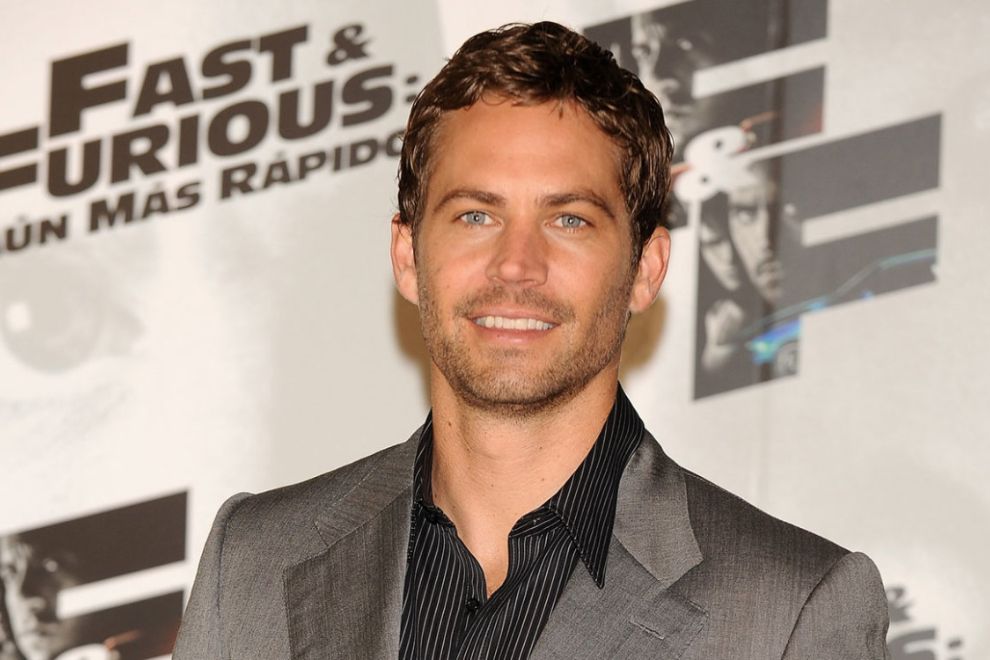Ganesh Chaturthi 2025: Celebrating the Birth of Lord Ganesha with Devotion and Sustainability
Ganesh Chaturthi, one of India’s most cherished festivals, marks the birth of Lord Ganesha—the remover of obstacles and the harbinger of wisdom, prosperity, and new beginnings. In 2025, Ganesh Chaturthi will be celebrated with grandeur across Maharashtra, Karnataka, Gujarat, Goa, and many other regions of India, bringing together communities in prayer, joy, and cultural expression. But beyond rituals and festivities, Ganesh Chaturthi also reflects evolving traditions—where eco-friendly celebrations, digital darshans, and conscious devotion are shaping the way millions honor Lord Ganesha. The Significance of Ganesh Chaturthi Ganesh Chaturthi, also called Vinayaka Chaturthi, falls on the fourth day (Chaturthi) of Shukla Paksha in the Hindu month of Bhadrapada. According to mythology, Goddess Parvati created Lord Ganesha from sandalwood paste, and he later came to be revered as the god of wisdom, intellect, and success. Celebrating Ganesh Chaturthi is not just about inviting Lord Ganesha into homes but also symbolizing the removal of negativity and the beginning of new opportunities. Rituals and Traditions Modern-Day Ganesh Chaturthi: Tradition Meets Innovation Ganesh Chaturthi in 2025 is not limited to traditional rituals. The festival is evolving with contemporary practices: This shift reflects a growing balance between devotion and responsibility towards the environment. Ganesh Chaturthi and Community Spirit What makes Ganesh Chaturthi truly unique is the way it unites people across religions, languages, and social backgrounds. Local communities contribute to setting up pandals, arranging feasts, and organizing charitable drives like blood donation camps, food distribution, and educational initiatives during the festival.
